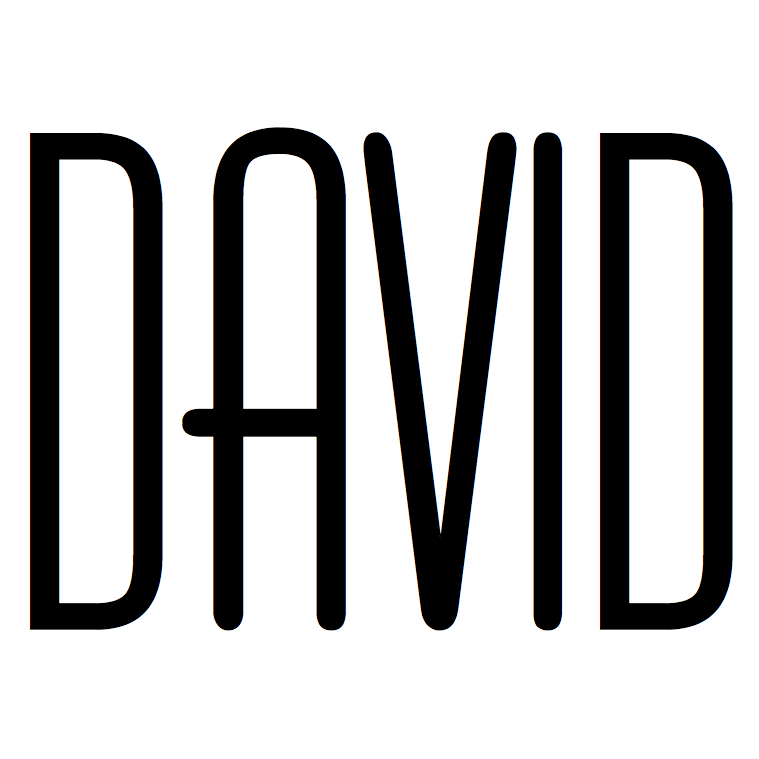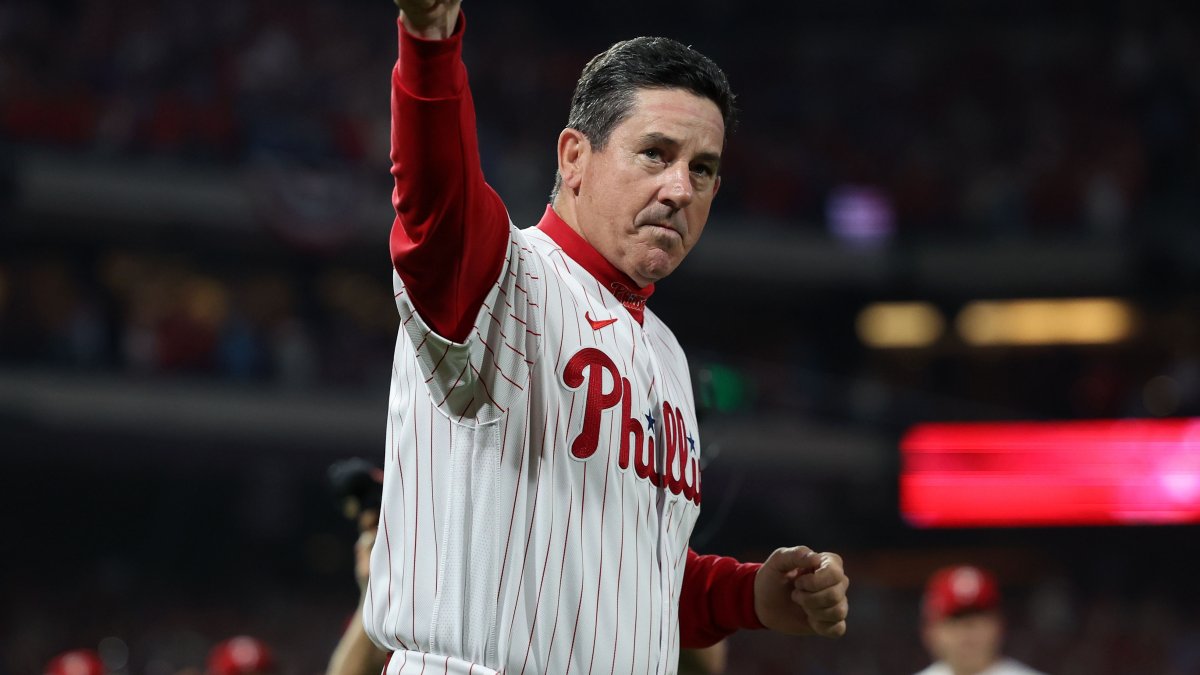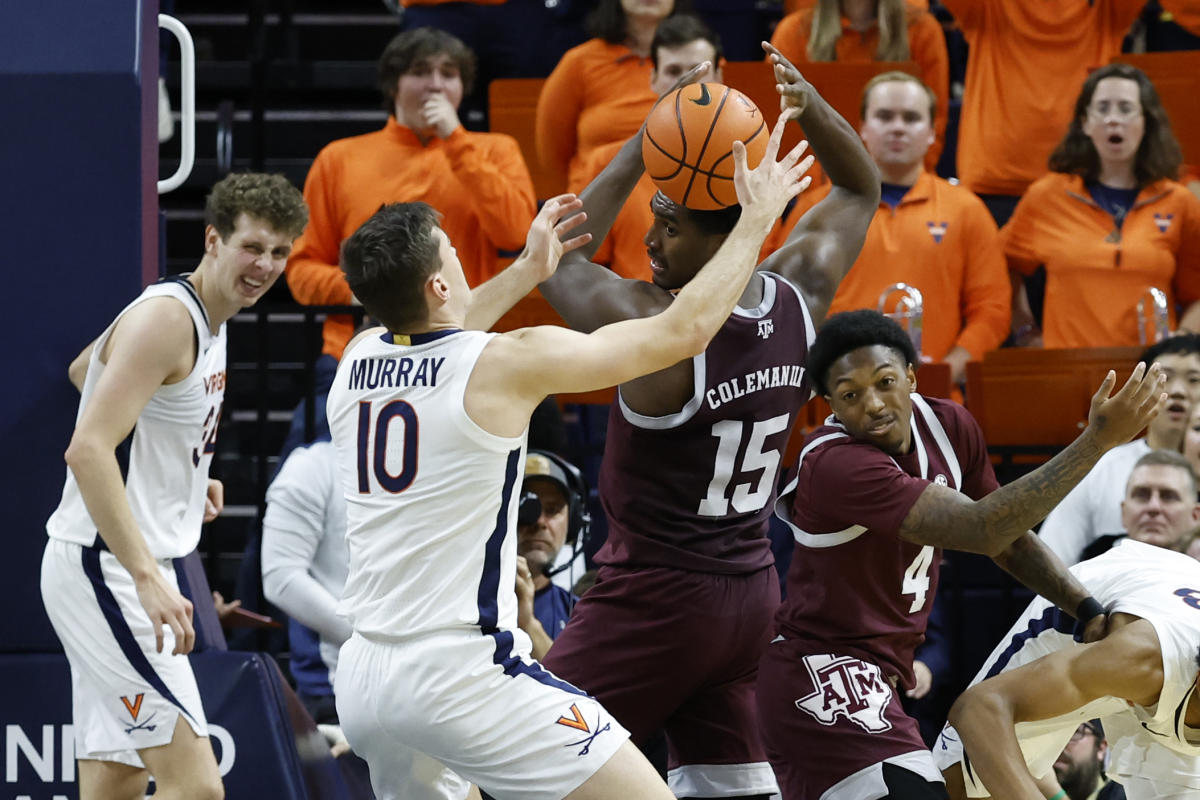After the disappointing 1969 season, the Cubs sought to improve their team through trades in the pre-free agency era.
The first trade was the Johnny Callison deal, which happened late in 1969. Unfortunately, it didn’t work out.
One of the challenges was that by 1969, Leo Durocher had become so disliked around baseball that no one wanted to help the Cubs.
As a result, the Cubs made several minor trades. This series focuses on player-for-player deals, but I’ll also mention a couple of players acquired for “cash considerations” at the end.
March 29: Acquired J.C. Martin from the Mets for Randy Bobb
This trade involved a young backup catcher for a veteran backup catcher. If the Cubs had left Bobb exposed in the 1968 expansion draft instead of John Boccabella, this trade wouldn’t have been necessary. Boccabella would have made a useful backup to Randy Hundley. Bobb played 10 games for the Cubs and never appeared for the Mets.
Martin could have been a decent backup for Hundley, but he ended up playing almost every day for a couple of months after Hundley’s knee injury in April. However, Martin struggled at the plate, batting .167/.369/.250 during that time. Later on, the Cubs would acquire additional catching help.
April 22: Acquired Garry Jestadt from the Expos for Jim Qualls
Jestadt only played three games for the Cubs and was traded away the following year. Qualls didn’t see much playing time with Montreal and finished his career with the White Sox. This trade was likely one of the least significant in Cubs history.
May 12: Acquired Jack Hiatt from the Giants for Boots Day
On the surface, this seemed like a useful trade. Hiatt had been a decent-hitting backup catcher for the Giants and had shared duties with Boccabella in Montreal before the 1970 season.
Unfortunately, Hiatt didn’t perform well and was traded to the Astros for cash considerations after the season. The impact of Hundley’s injury lingered for the Cubs, as they struggled to find a good offensive and defensive catcher until Jody Davis came along.
May 29: Acquired Phil Gagliano from the Cardinals for Ted Abernathy
Oh boy, what were you thinking, Leo?
Abernathy actually pitched reasonably well for the Cubs in 1970, although he only appeared in 11 games during the team’s first 45 games.
Gagliano wasn’t very impressive. He had been a decent spare part on the Cardinals’ N.L. champion teams in 1967 and 1968, but the Cubs didn’t really need another backup infielder with Paul Popovich around.
Gagliano spent the entire rest of the 1970 season on the Cubs’ roster and appeared in 28 games, starting seven of them. He batted .150/.244/.150 (6-for-40).
The only positive aspect of this trade was that Abernathy didn’t last long in St. Louis. He struggled in his first game there, and a month later, the Cardinals traded him to the Royals for a righthander named Chris Zachary, who didn’t perform well in St. Louis. Abernathy went on to have three very good years in Kansas City, recording 40 saves. That would have been a great addition for the Cubs.
This trade was a disaster.
June 23: Acquired Roberto Rodriguez from the Athletics for Don Young
Young had become persona non grata due to his inability to hit or field. Later in life, he admitted that he didn’t belong in the big leagues. Rodriguez posted a 5.82 ERA in 26 relief appearances for the Cubs in the remainder of the 1970 season. After that, he spent three years in Triple-A for the Cubs and never received another call-up.
July 9: Acquired Juan Pizarro from the Angels for Archie Reynolds
Pizarro had several good years with the White Sox in the mid-1960s, but by 1970, he was 33 years old and nearing the end of his career. He appeared in 12 relief games for the Cubs, with a 4.60 ERA.
In 1971, he pitched well for the Cubs, making 14 starts and throwing three complete-game shutouts, including a one-hitter against the Padres on August 5. In his 1-0 shutout of the Mets on September 16, he won the game with his shutout and even hit a solo home run off Tom Seaver!
Reynolds had a brief stint with the Angels and Brewers before retiring from baseball after 1972. This trade turned out to be a good one for the Cubs.
October 12: Acquired Hector Torres from the Astros for Roger Metzger
Metzger was the Cubs’ No. 1 pick (16th overall) in the 1969 draft.
So why trade him just one year later for a journeyman infielder like Torres, who hit .224/.274/.276 in 31 games for the Cubs in 1971?
Who knows?
This trade remains a mystery. Metzger played 10 seasons after leaving the Cubs, mostly for the Astros, and even won a Gold Glove in 1973. He led the N.L. in triples twice (1971, 1973) and stole 23 bases in 1972.
The Cubs could have received more in trade for Metzger than Hector Torres. It’s a puzzling move.
December 3: Acquired Carmen Fanzone from the Red Sox for Phil Gagliano
The Cubs did get some value from Fanzone, who served as a decent utility player for a couple of years.
Fanzone was also a talented musician and even played the national anthem on his trumpet before some Cubs games. Sadly, there doesn’t appear to be any surviving video of this performance.
In addition to these trades, the Cubs made several acquisitions for cash considerations during the 1970 season. These moves aimed to strengthen the team’s chances of winning the division. The acquisitions were as follows:
June 23: Milt Pappas (Braves)
July 29: Joe Pepitone (Braves)
September 1: Bob Miller (White Sox)
September 16: Tommy Davis (Athletics)
September 21: Hoyt Wilhelm (Braves)
All three players had been All-Stars at some point. Wilhelm, however, was well past his prime and was already 47 years old when he pitched in three games for the Cubs in September, posting a 9.82 ERA. The Cubs eventually traded Wilhelm back to the Braves for Hal Breeden.
Pappas and Pepitone remained with the Cubs for a few years and had productive stints. Pappas even threw a no-hitter in September 1972.
Davis had performed exceptionally well for the Dodgers in the early 1960s. The Cubs released him after the 1970 season, and he went on to have three decent years as a DH for the Orioles from 1973 to 1975. Miller was released by the Cubs in May 1971 and played for the Padres and Mets for three more years.
All in all, the Cubs’ trades in 1970 did not pan out well. This season receives a grade

David Rodriguez brings the excitement of Major League Baseball to readers. With a deep appreciation for America’s pastime, he covers the latest MLB news, scores, and player achievements, keeping fans up to date with their favorite teams and players.

:no_upscale()/cdn.vox-cdn.com/uploads/chorus_image/image/72817136/515107560.0.jpg)


:no_upscale()/cdn.vox-cdn.com/uploads/chorus_image/image/72931262/usa_today_21973134.0.jpg)


